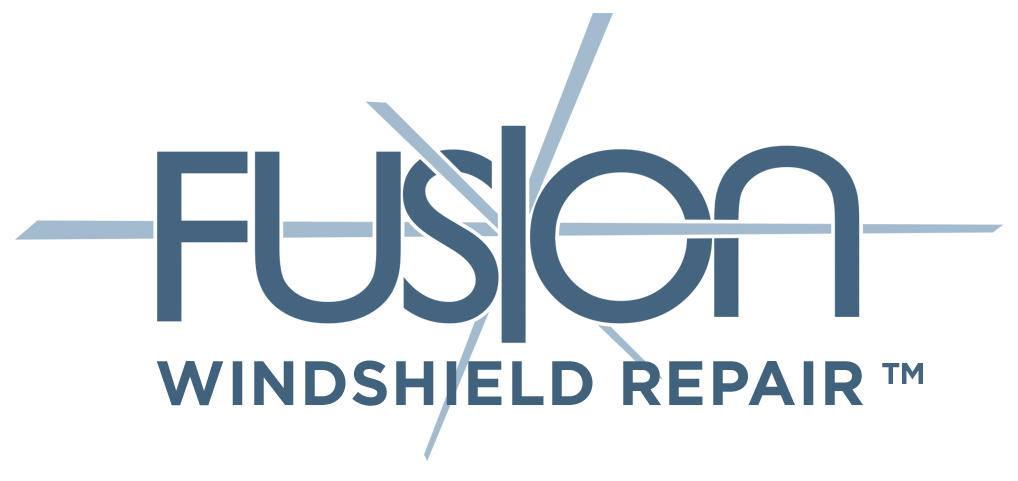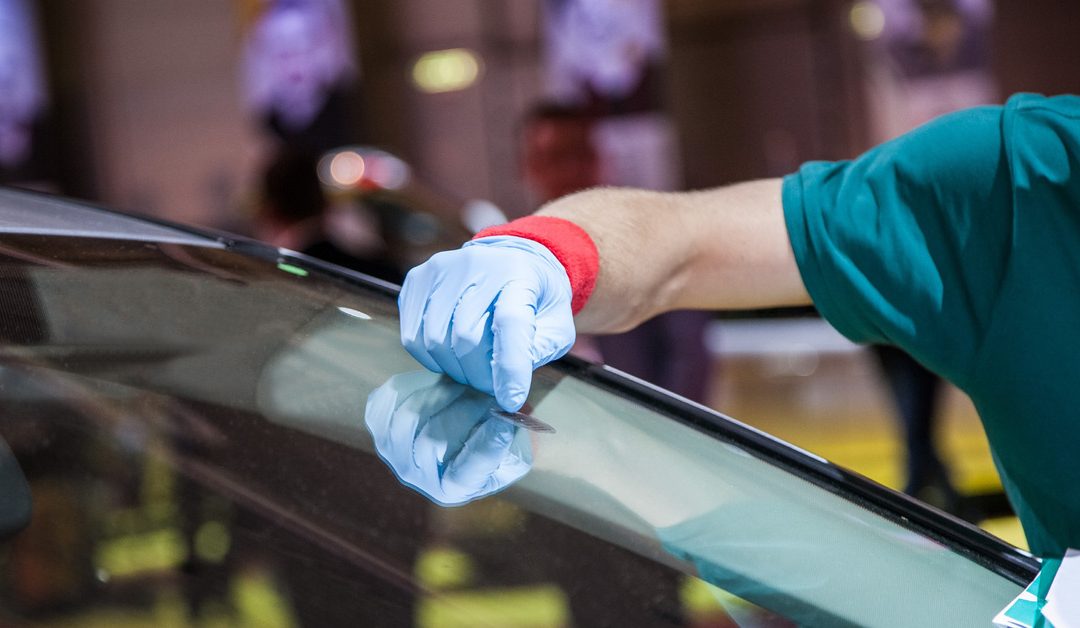Do you need to have your windshield calibrated? While it may seem like a trivial task, it’s crucial for your vehicle’s safety and performance.
For those who own a vehicle, we’ll answer the most frequently asked questions about windshield calibration so that you can make your automotive decisions with confidence.
What Is Windshield Calibration?
Windshield calibration is the process of adjusting the cameras and sensors on your vehicle to ensure they work correctly after a windshield replacement. Advanced driver assistance systems (ADAS) rely on these components to function, making calibration essential for maintaining the integrity of your car’s safety features.
Such systems include lane departure warnings, adaptive cruise control, and automatic emergency braking. These features depend on precise measurements that can be disrupted during windshield replacement. Calibration ensures everything is realigned accurately.
When Is Windshield Calibration Necessary?
Calibration is necessary whenever a windshield is replaced or even repaired in some cases. Changes to a vehicle’s structure or modifications affecting the cameras and sensors also necessitate recalibration. It’s not just limited to the windshield, though. Work done on the suspension or alignment adjustments can also impact sensor accuracy, requiring a recalibration.
Some vehicles may need calibration when certain warning lights appear on the dashboard. Always consult your vehicle’s manual or speak with a professional to determine whether calibration is required.
Types of Windshield Calibration
There are two basic approaches to windshield calibration. Static calibration involves using specialized equipment and targets while the vehicle is stationary. This method requires a controlled environment, usually a workshop.
Dynamic calibration, on the other hand, involves driving the car under specific conditions. The vehicle’s system calibrates itself while in motion, typically requiring a technician to monitor the process. Understanding the type of calibration your vehicle needs is essential for ensuring the process is done correctly.
How Long Does Windshield Calibration Take?
Calibration times can vary depending on how the process is performed. Static calibration usually takes around 30 minutes to an hour, depending on the complexity of the vehicle’s ADAS. Dynamic calibration may take longer, often up to an hour or more, as it involves driving the vehicle under specified conditions.
Some vehicles might require both types of calibration, extending the time needed to complete the process. Always consult your service provider for an accurate estimate based on your vehicle’s make and model.
Can You Drive Without Windshield Calibration?
Driving without windshield calibration is highly discouraged. Misaligned sensors and cameras can lead to malfunctioning ADAS, compromising your safety and that of others on the road. The vehicle might also fail to pass inspections or meet safety regulations.
Additionally, skipping calibration can lead to higher long-term costs. Misaligned systems can cause wear and tear on other components, leading to more frequent repairs and replacements. If you’re on the road, mobile windshield calibration is often safer than trying to drive.
Ensuring the Safety and Efficiency of Your Vehicle
Windshield calibration might seem like a minor detail, but it plays a critical role in ensuring your vehicle’s safety and efficiency. Reviewing the answers to these frequently asked questions about windshield calibration can help you make better decisions and maintain your car’s performance.


Recent Comments